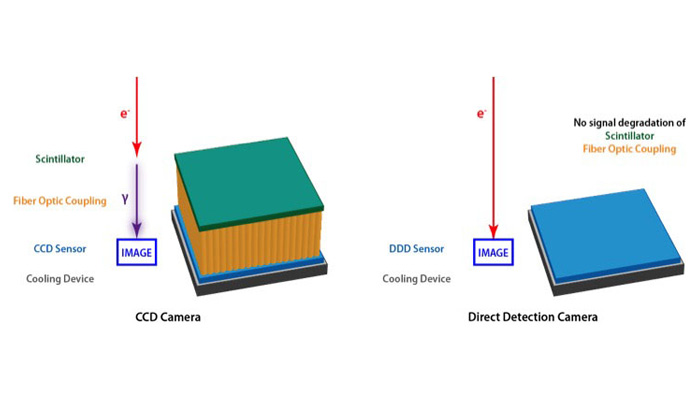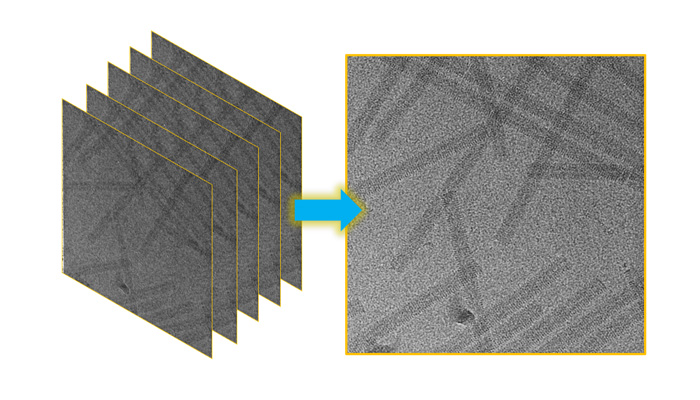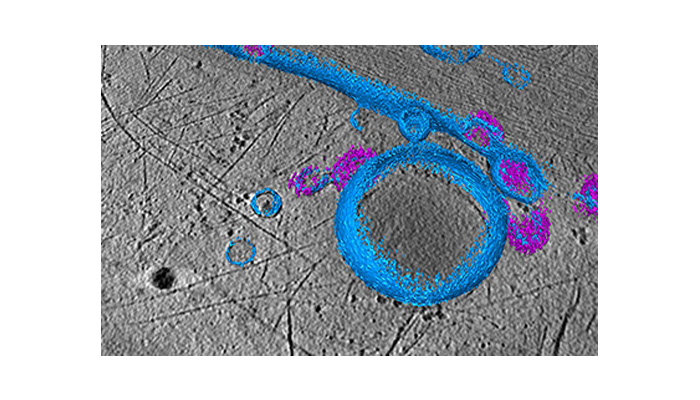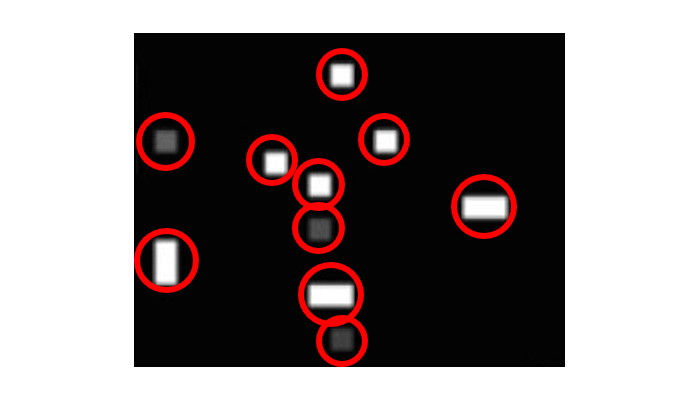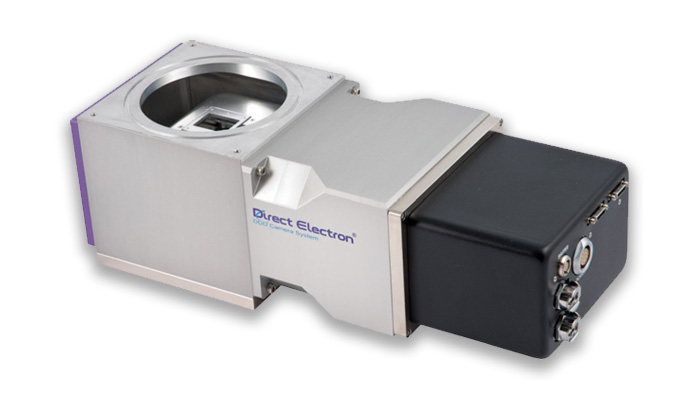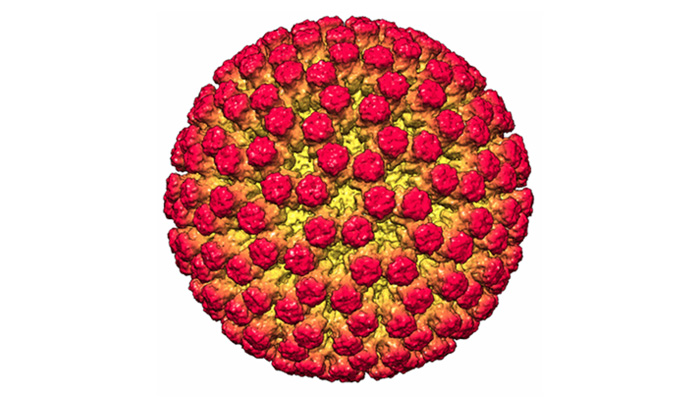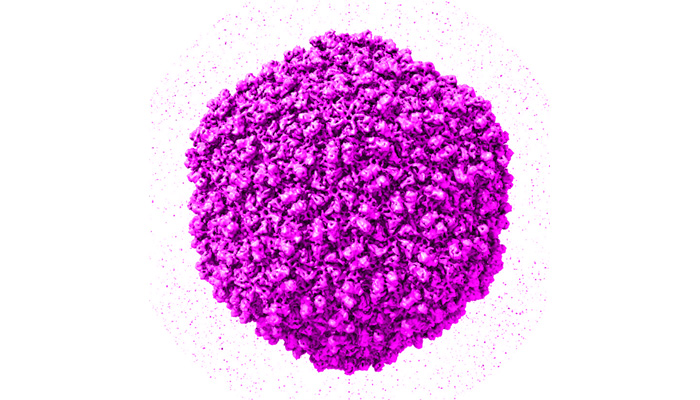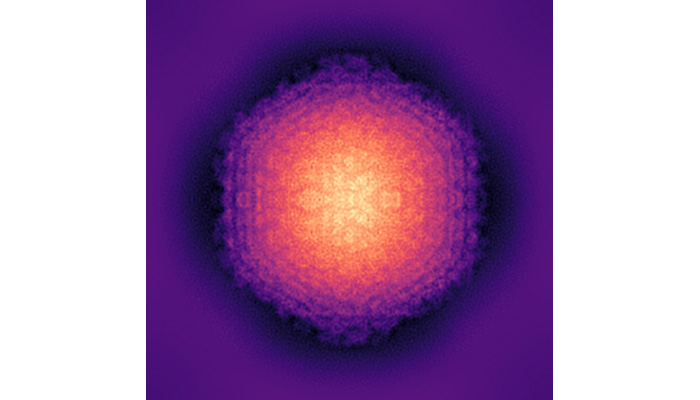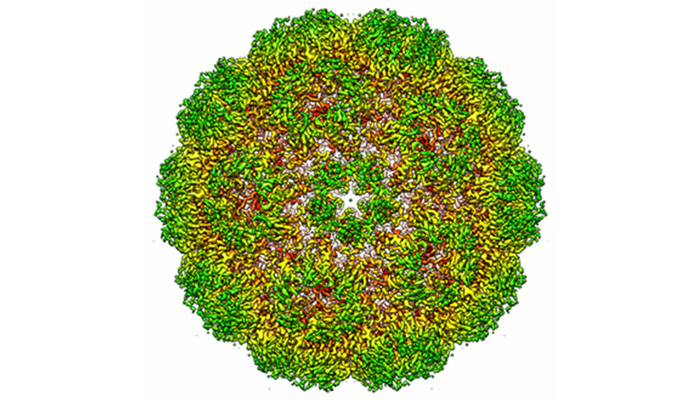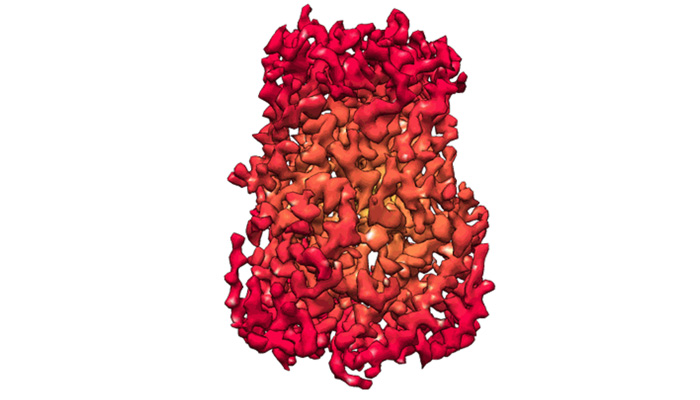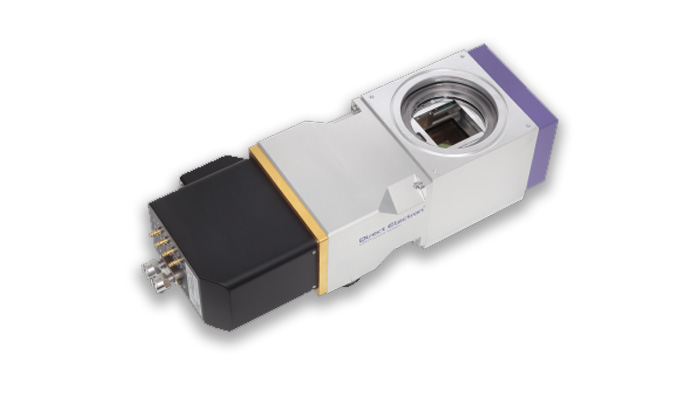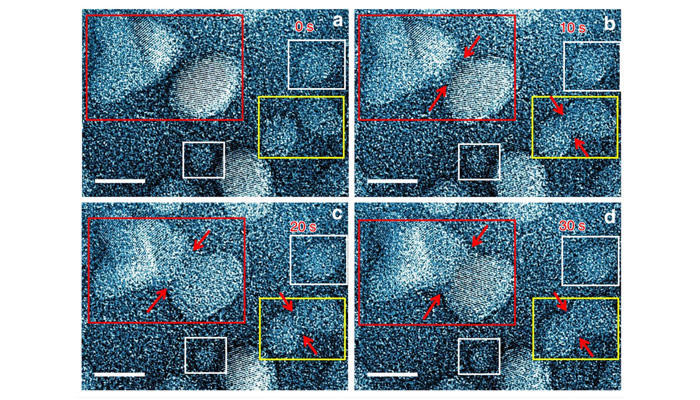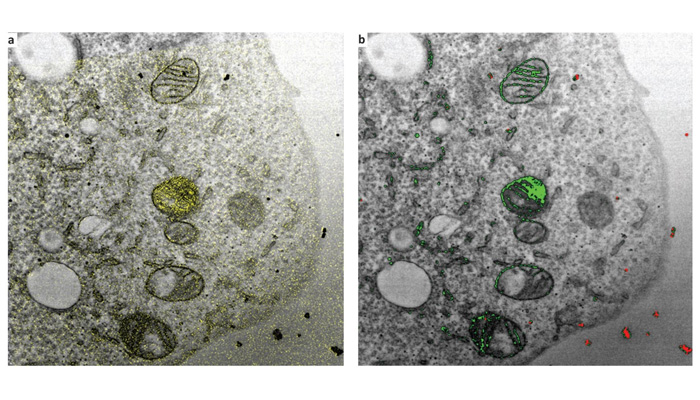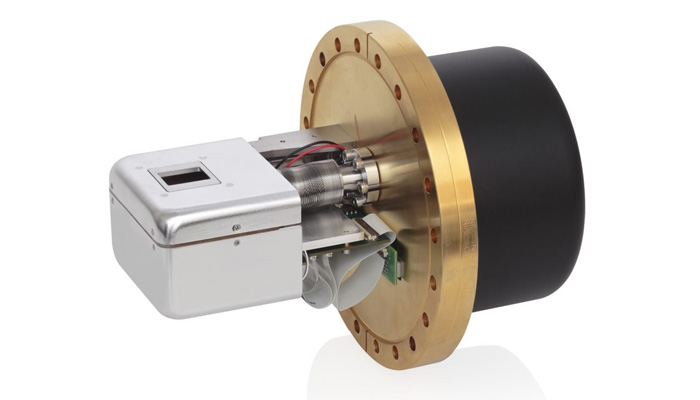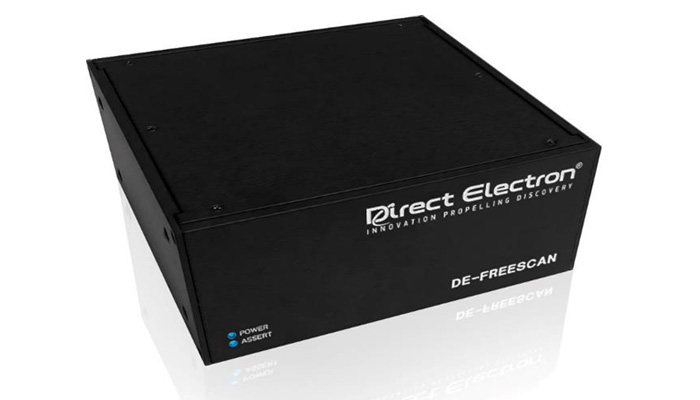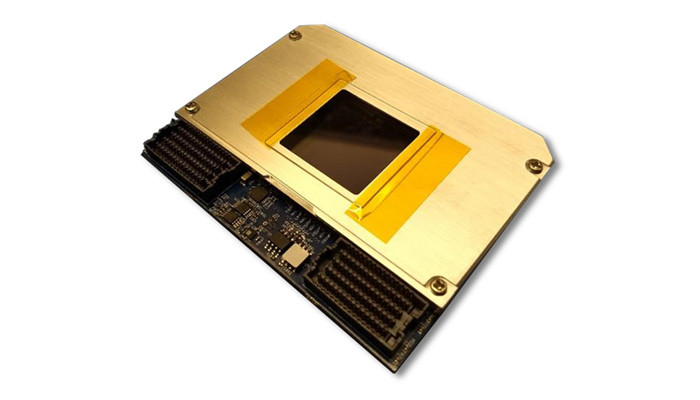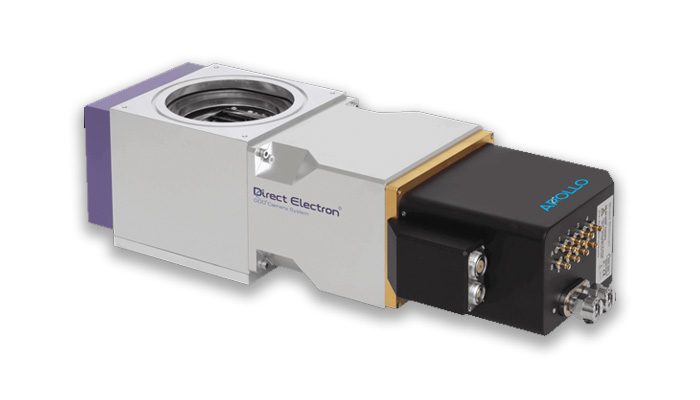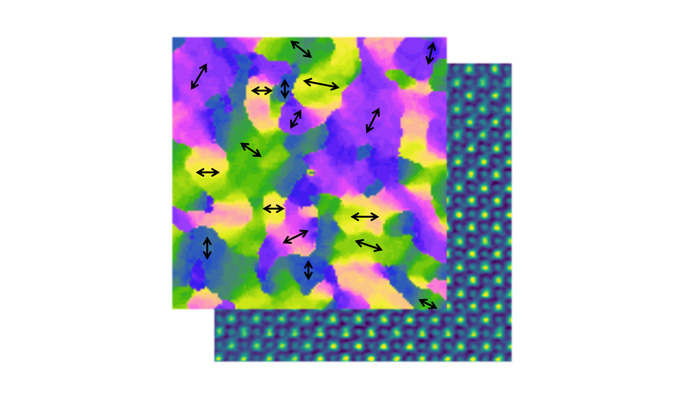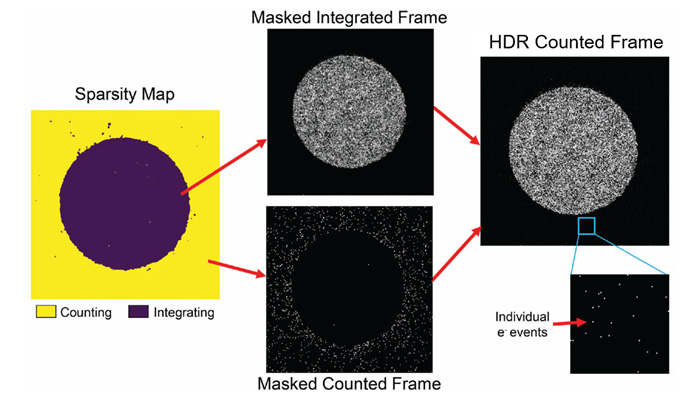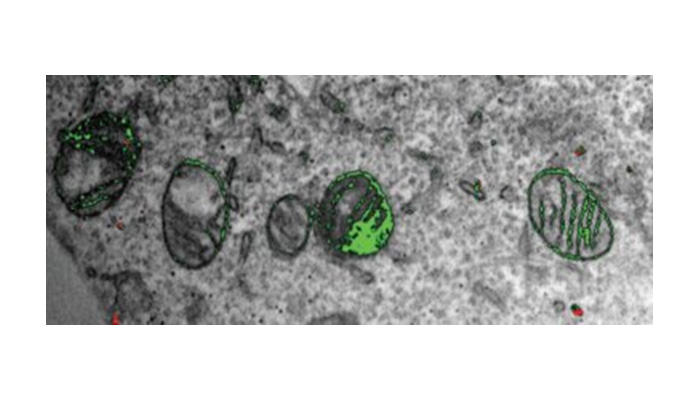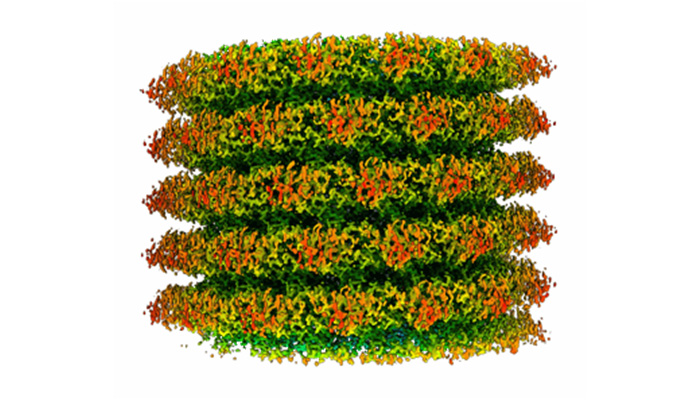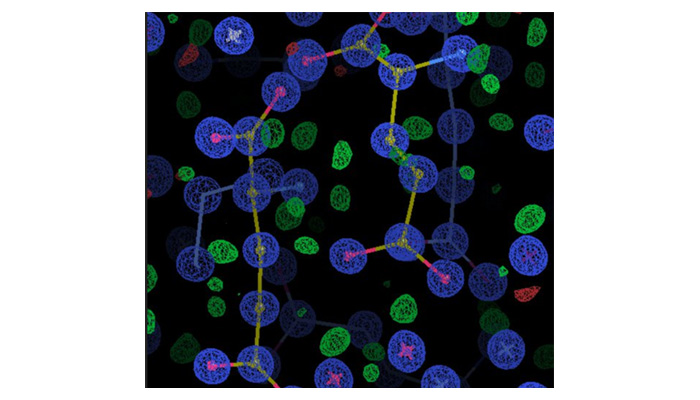2004 First to develop direct detection for TEM.
[1] Xuong NH, Milazzo AC, LeBlanc P, Duttweiler F, Bouwer J, Peltier S, Ellisman M, Denes P, Bieser F, Matis HS, Wieman H, Kleinfelder S. “First use of a high-sensitivity active pixel sensor array as a detector for electron microscopy.” Proceedings of the SPIE 5301, 242–249 (2004).
View Publication.
2008 First to demonstrate electron tomography with a direct detector.
[2] Jin L, Milazzo AC, Kleinfelder S, Li S, Leblanc P, Duttweiler F, Bouwer JC, Peltier ST, Ellisman MH, Xuong NH. “Applications of direct detection device in transmission electron microscopy.” Journal of Structural Biology 161, 352-358 (2008).
View Publication.
2008 First to develop and demonstate drift correction using the movies from a direct detector
[3] Ibid.
2009 First to develop and demonstrate single electron counting using a direct detection camera.
[4] Jin L. “Direct detection in transmission electron microscopy.” Dissertation, University of California San Diego (2009).
View Publication.
2011 First to demonstrate a cryo-EM 3D reconstruction using a direct detector.
[5] Milazzo AC, Cheng A, Moeller A, Lyumkis D, Jacovetty E, Polukas J, Ellisman MH, Xuong NH, Carragher B, Potter CS. “Initial evaluation of a direct detection device detector for single particle cryo-electron microscopy.” Journal of Structural Biology 176, 404-408 (2011).
View Publication.
2012 First to demonstrate cryo-EM 3D reconstructions reaching resolution beyond 3/4 Nyquist
[6] Bammes BE, Rochat RH, Jakana J, Chen DH, Chiu W. “Direct electron detection yields cryo-EM reconstructions at resolutions beyond 3/4 Nyquist frequency.” Journal of Structural Biology 177, 589-601 (2012).
View Publication.
2012 First to attain subnanometer resolution 3D reconstructions using images collected at less than 40k× magnification.
[7] Ibid.
2012 First to directly visualize beam-induced specimen movement of cryo specimens.
[8] Brilot AF, Chen JZ, Cheng A, Pan J, Harrison SC, Potter CS, Carragher B, Henderson R, Grigorieff N. “Beam-induced motion of vitrified specimen on holey carbon film.” Journal of Structural Biology 177, 630-637 (2012).
View Publication.
2013 First to demonstrate a near-atomic resolution cryo-EM 3D reconstruction using a direct detector.
[9] Campbell MG, Cheng A, Brilot AF, Moeller A, Lyumkis D, Veesler D, Pan J, Harrison SC, Potter CS, Carragher B, Grigorieff N. “Movies of ice-embedded particles enhance resolution in electron cryo-microscopy.” Structure 20, 1823-1828 (2012).
View Publication.
2013 First to develop and use “damage compensation” (radiation damage weighted filtering of movie frames to improve SNR across a broad range of spatial frequencies).
[10] Bammes BE, Chen DH, Jin L, Bilhorn RB. “Visualizing and correcting dynamic specimen processes in TEM using a Direct Detection Device.” Microscopy & Microanalysis 19, 1320-1321 (2013).
View Publication.
2014 First to demonstrate large-format, high-speed in situ movie acquisition with a direct detector.
[11] Zeng Z, Liang WI, Liao HG, Xin HL, Chu YH, Zheng H. “Visualization of electrode-electrolyte interfaces in LiPF6/EC/DEC electrolyte for lithium ion batteries via in situ TEM.” Nano Letters 14, 1745-1750 (2014).
View Publication.
2014 First to demonstrate energy filtered TEM (EFTEM) with a direct detection camera and movie-mode.
[12] Ramachandra R, Bouwer JC, Mackey MR, Bushong E, Peltier ST, Xuong NH, Ellisman MH. “Improving signal to noise in labeled biological specimens using energy-filtered TEM of sections with a drift correction strategy and a direct detection device.” Microscopy & Microanalysis 20, 706-714 (2014).
View Publication.
2014 First to develop and offer an 8k × 8k direct detection camera
[13] The DE-64 Camera System was announced at the 2014 Gordon Research Conference in Three-Dimensional Electron Microscopy.
View More Information.
2015 First to develop and offer a MAPS direct detector for low-kV electron microscopy
[14] The LV-126 was the first commercially available MAPS detector for low-kV EM.
View publication.
2020 First to develop and offer a photoblind sensor for a direct detector for TEM
[15] The University of G
öttingen used our photoblind sensor to perform laser-driven ultra-fast TEM experiments without background photon noise.
View publication.
2021 First to develop and offer an event-based MAPS detector for electron counting
[16] The Apollo direct detector was announced in 2021 after eight years of development.
View more information.
2021 First to commercially offer an ultra high frame rate MAPS detector for 4D STEM
[17] The Celeritas direct detector for 4D STEM and fast in situ TEM was announced in 2021.
View press releaase.
